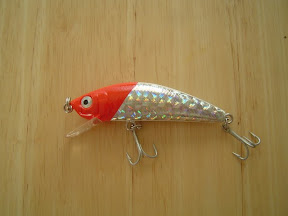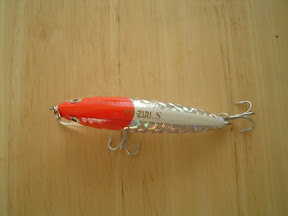Anthropogenic greenhouse gases (GHGs) emissions are blamed as a culprit of climate change. Global temperature has paralleled atmospheric GHGs concentrations. The use of fossil fuel has already altered the composition of the earth’s atmosphere. CO2 levels have increased from about 270 ppm before the industrial revolution to about 380 ppm today. Long term observation data at Mauna Loa station, Hawaii, clearly present the inclining trend in previous 50 years (Figure 1.2).

This increase of CO2 level is worrisome because CO2 level has never been as high as current level in the observable pasts. According to ice-core studies, there were long term fluctuations in CO2 level, but CO2 level stayed below 270 ppm in most time (Figure 1.3). Dotted arrow line shows current CO2 anomaly, which is unprecedentedly high.

For the past 800,000 years at least, CO2 concentrations have varied only by about 40 ppm around the average of 240 ppm. This small variation is associated with external shifts in climate from ice ages to very warm periods like today’s. Current CO2 levels are now reaching 390 ppm, far above anything experienced by Homo Sapiens. Astonishingly, most of this increase has occurred since 1990.
If the concentration level reaches 600 ppm in the 21st century, the average sea level will rise up to 0.4-1.0 meter through thermal expansion alone (Solomon et al., 2009). Even with current best global efforts to reduce CO2, its concentration is projected to be stabilized at 650 ppm, which means a 4°C increase of average surface temperature (Anderson & Bows, 2008). Other greenhouse gases are threats, too. In particular, methane, which has a warming potential that is 21 times stronger than CO2, is being released from permafrost and the ocean while surface temperature is increasing (Lawrence & Slater, 2005; University of Alaska Fairbanks, 2008). As it warms up, the ocean is losing its potential to absorb GHGs. These facts suggest that we might already be turning on positive feedback of global temperature systems, which requires more urgent and full-scale action.
References Cited Anderson, K., & Bows, A. (2008). Reframing the climate change challenge in light of post-2000 emission trends. Philosophical Transactions of the Royal Society A, 1-20.
Barnola, J. M., Raynaud, D., Lorius, C., & Barkov, N. I. (2003). Historical CO2 record from the Vostok ice core. Trends: a compendium of data on global change.
Lawrence, D. M., & Slater, A. G. (2005). A projection of severe near-surface permafrost degradation during the 21st century. Geophysical Research Letter, 32. Retrieved January 29, 2009, from http://www.agu.org/pubs/crossref/2005/2005GL025080.shtml.
Solomon, S., Plattner, G., Knutti, R., & Friedlingstein, P. (2009). Irreversible climate change due to carbon dioxide emissions. PNAS, 106(6), 1704-1709.
Tans, P. (n.d.). Atmospheric Carbon Dioxide - Mauna Loa. NOAA/ESRL. Retrieved December 12, 2009, from www.esrl.noaa.gov/gmd/ccgg/trends.
University of Alaska Fairbanks. (2008, December 18). Scientists find increased methane levels in arctic ocean. Science Daily. Retrieved January 30, 2009, from http://www.sciencedaily.com/releases/2008/12/081217203407.htm.
*This series of posts is excerpted from my dissertation. I hope these posts help my visitors understand this critical matter better.*


















































